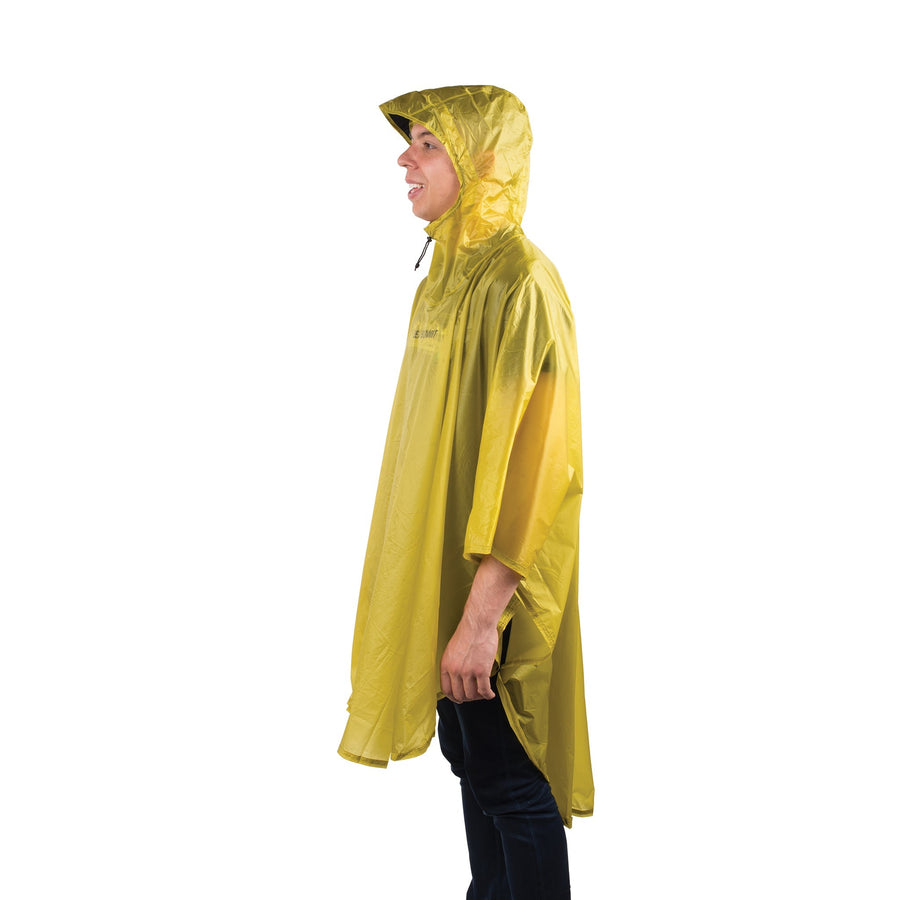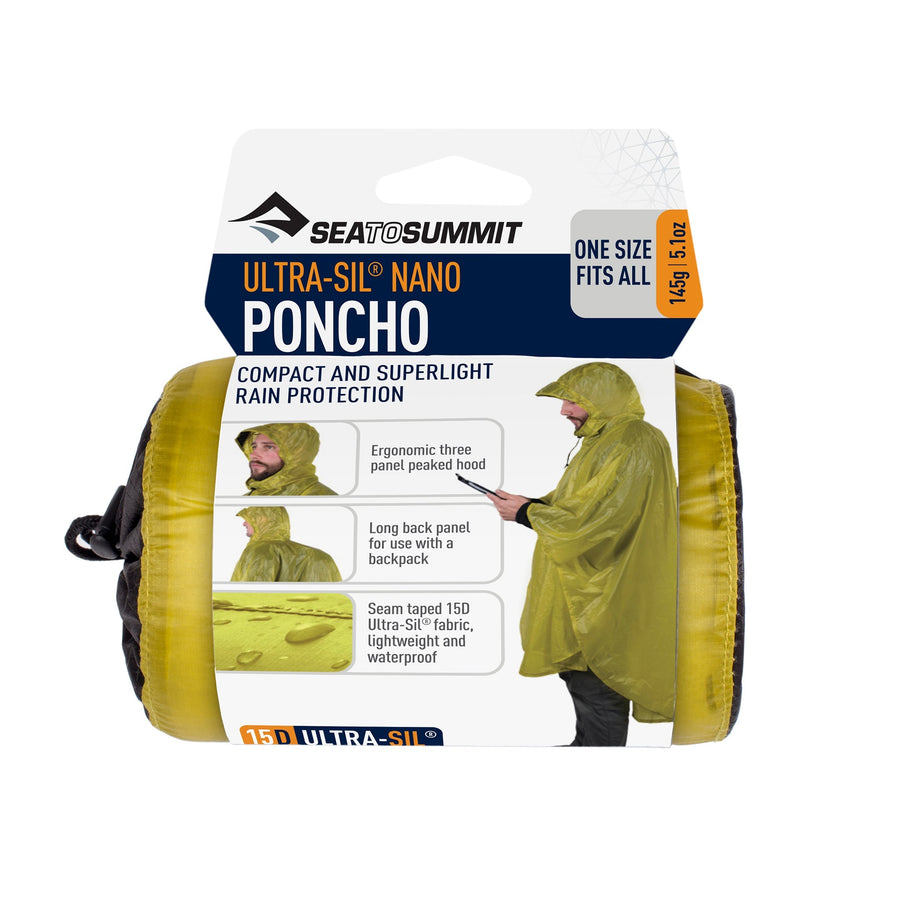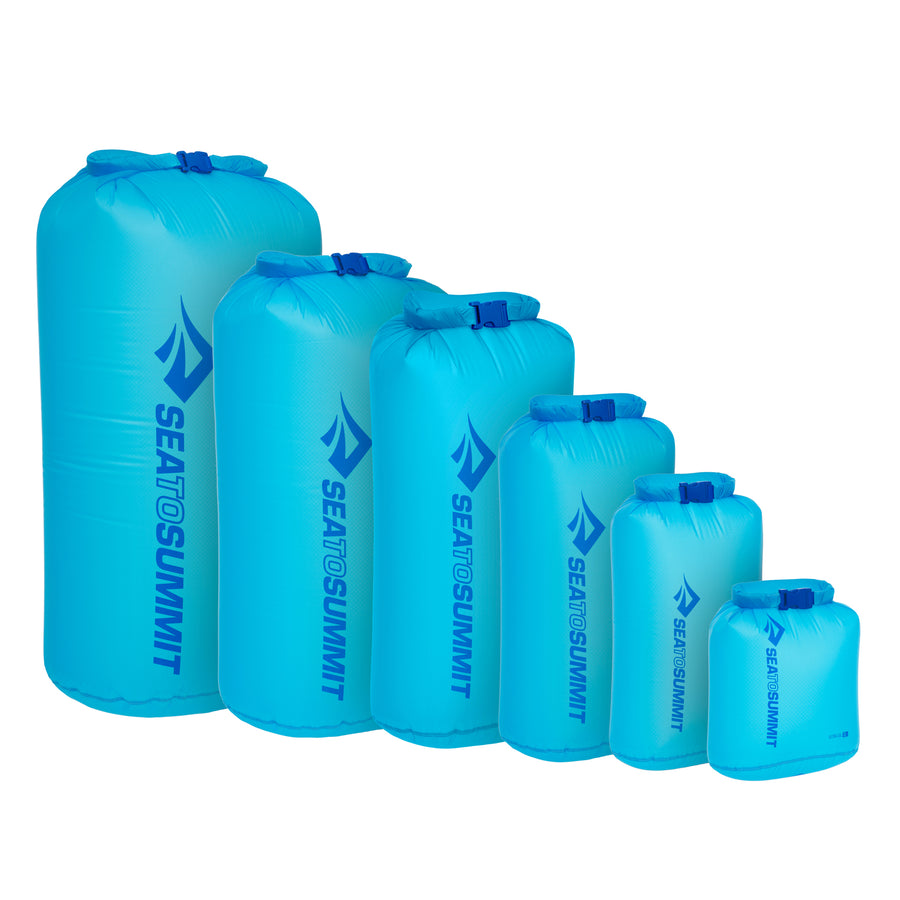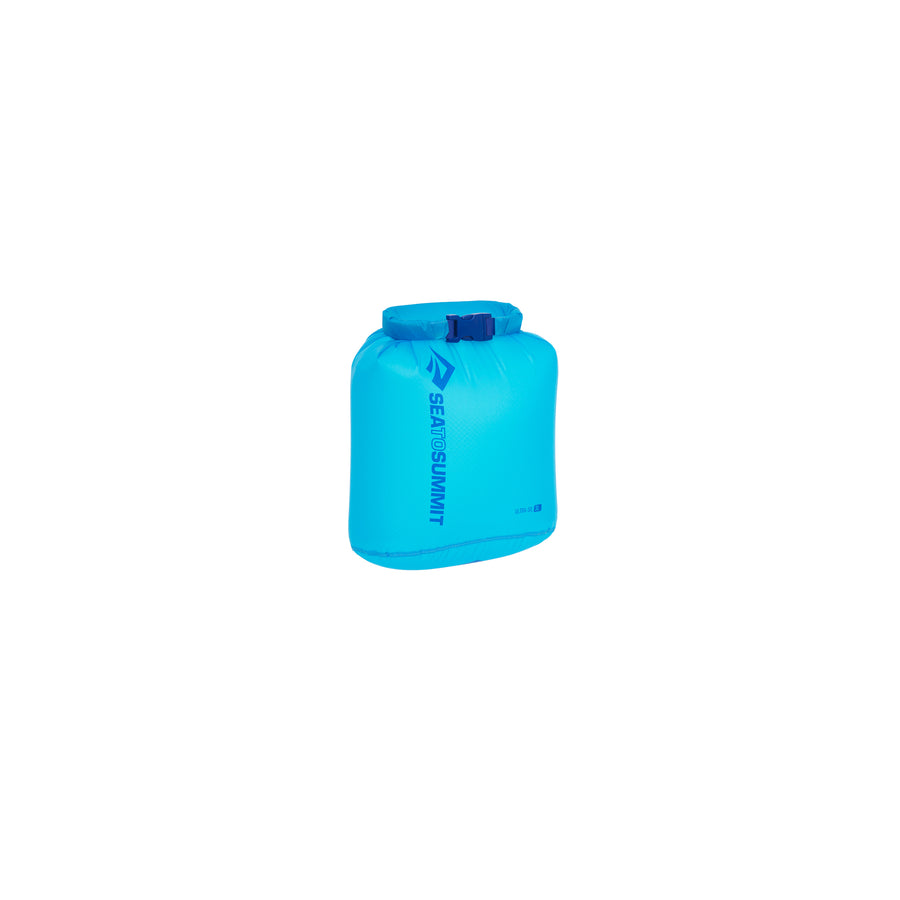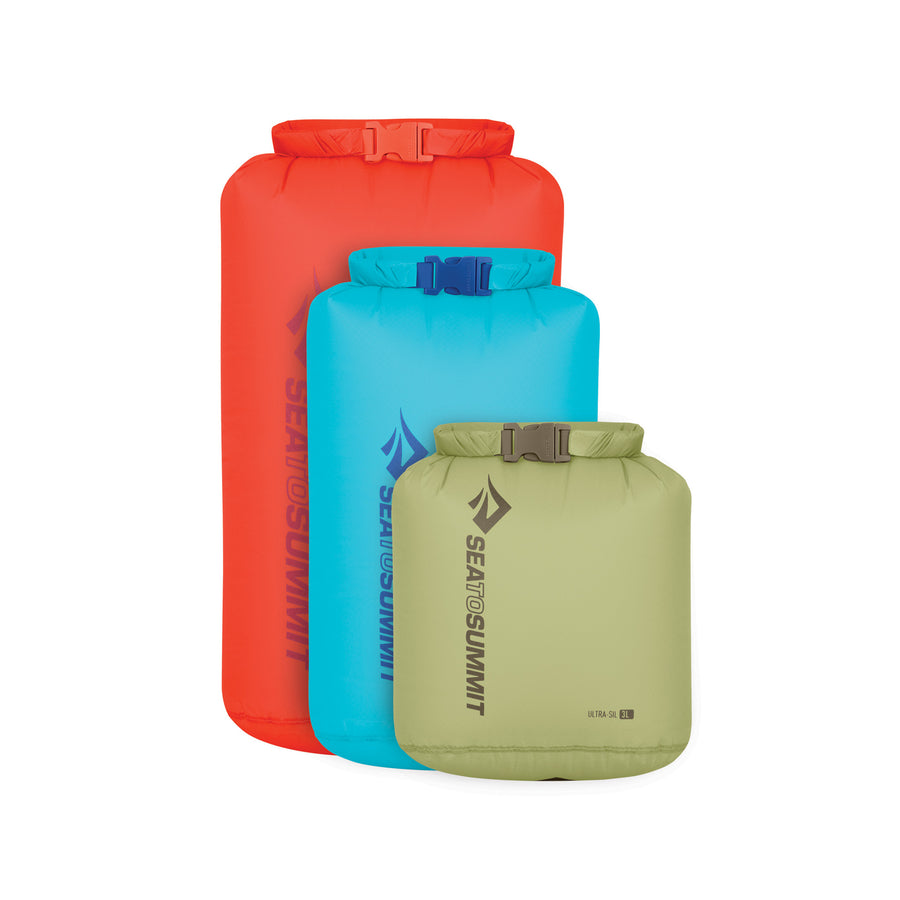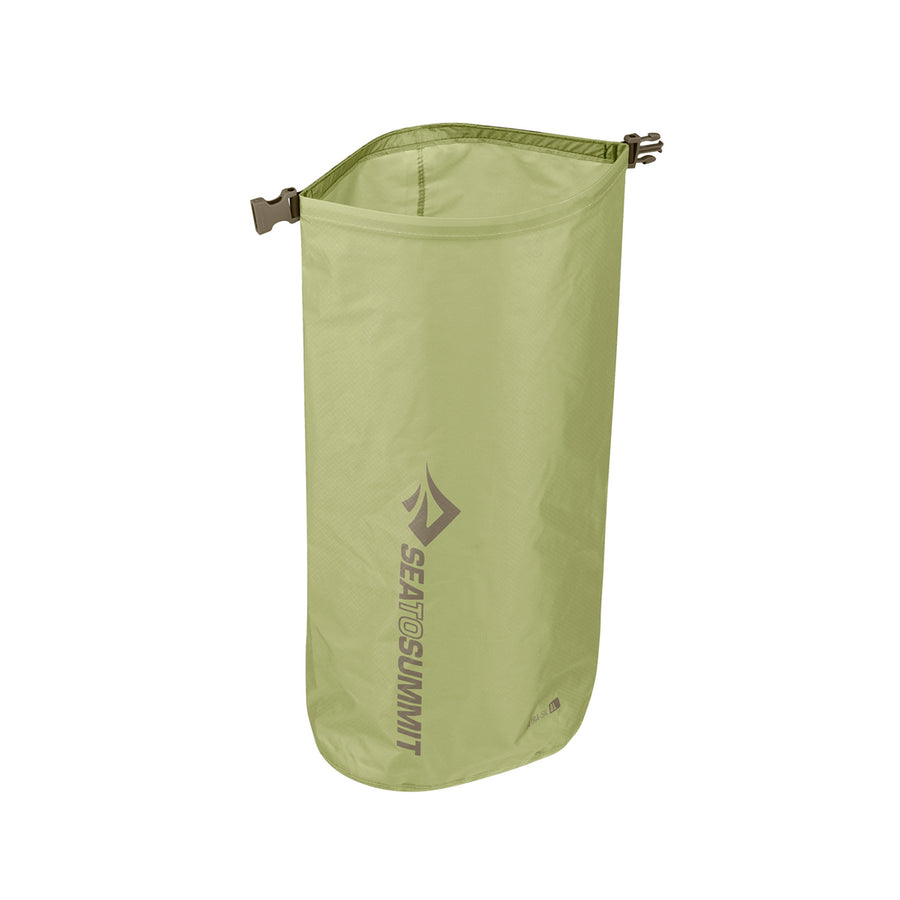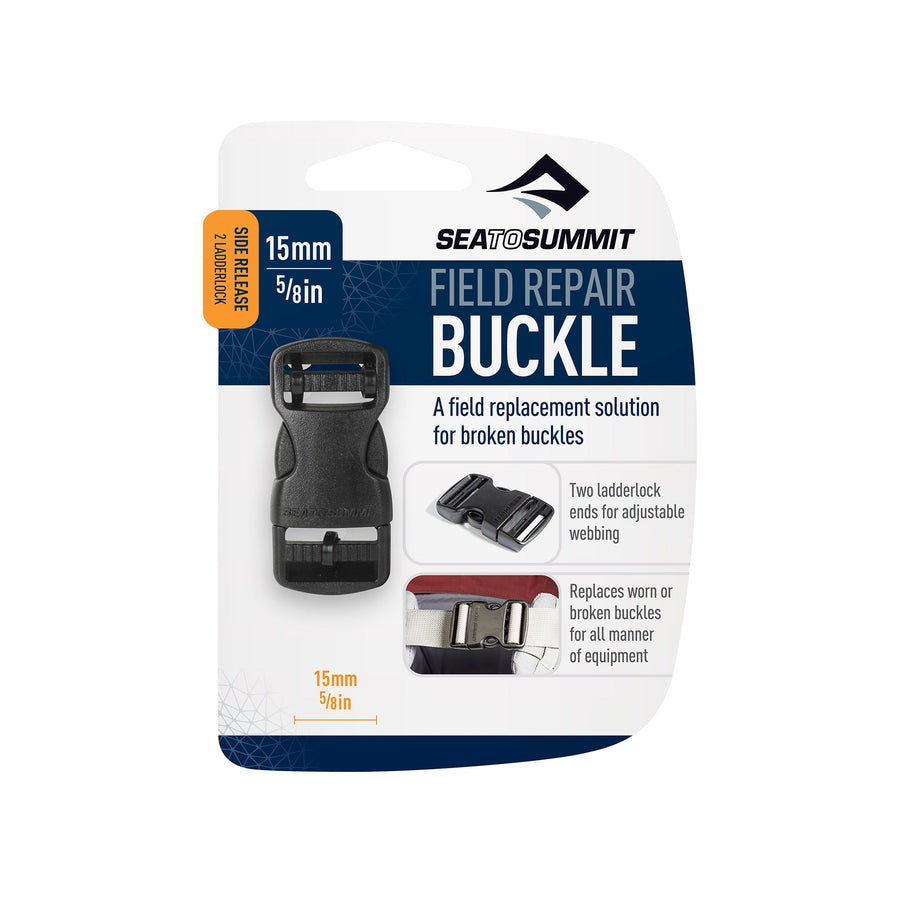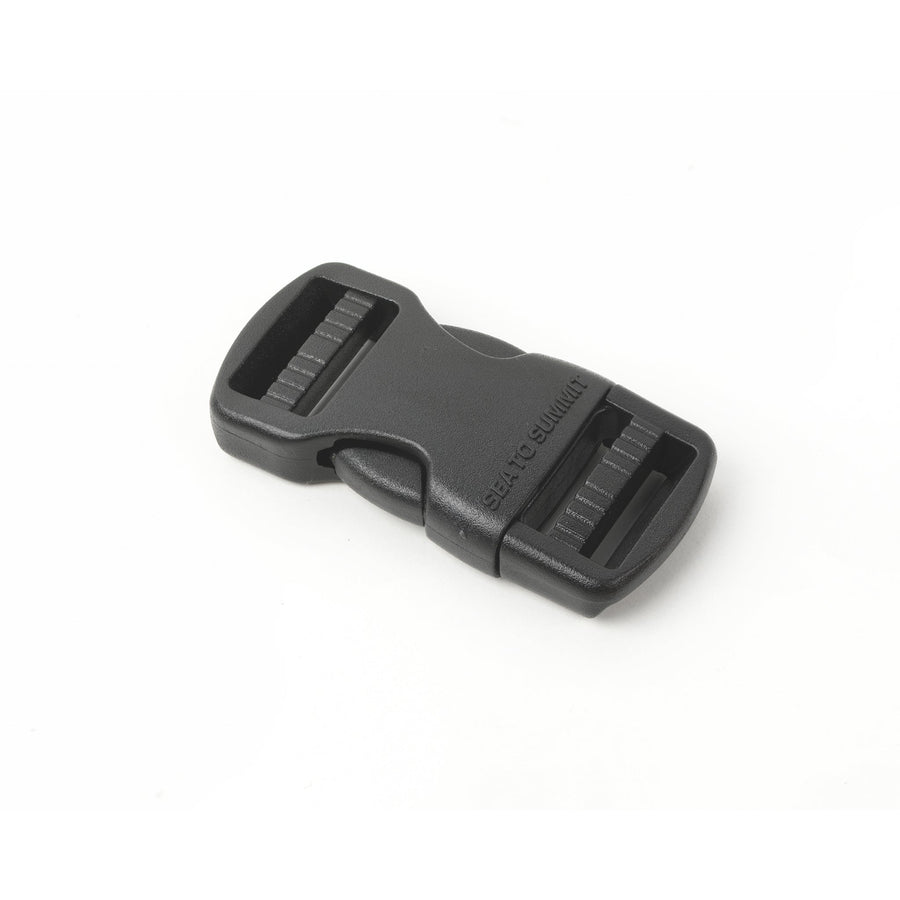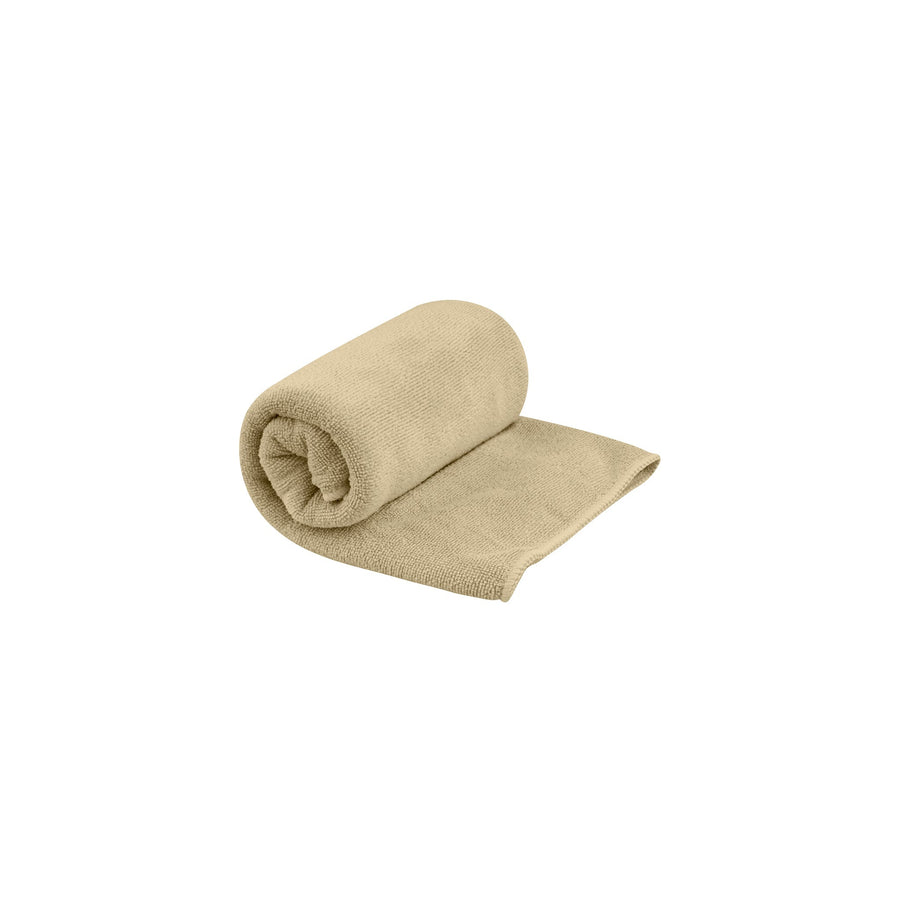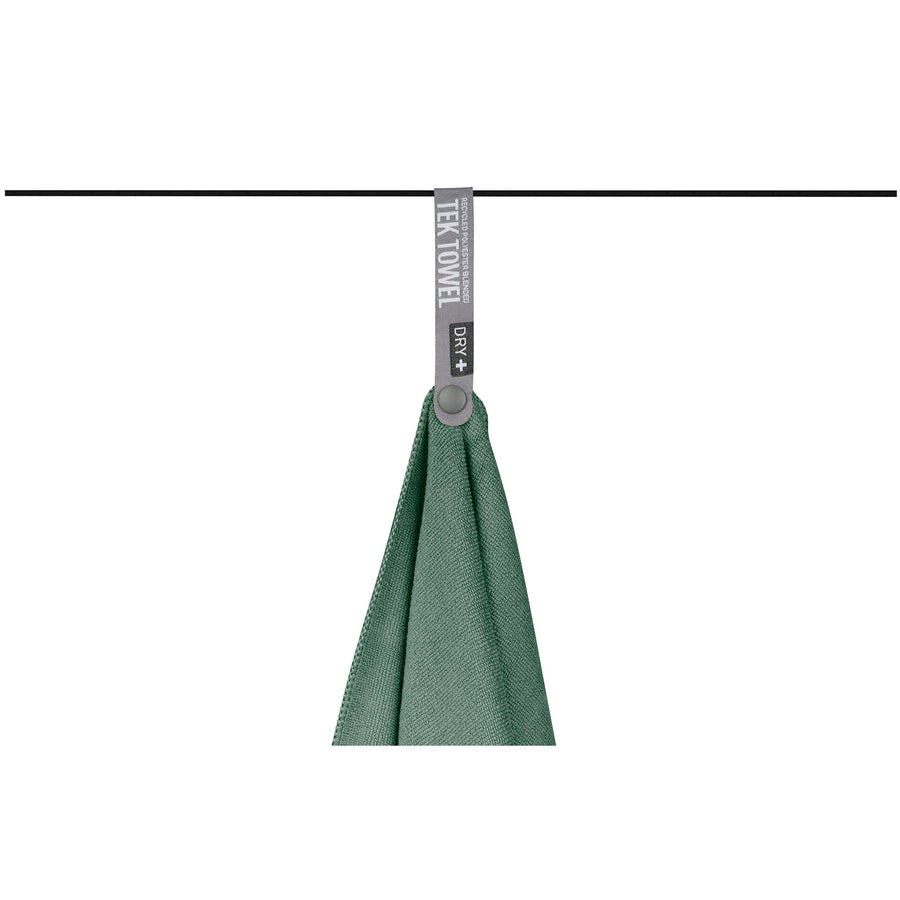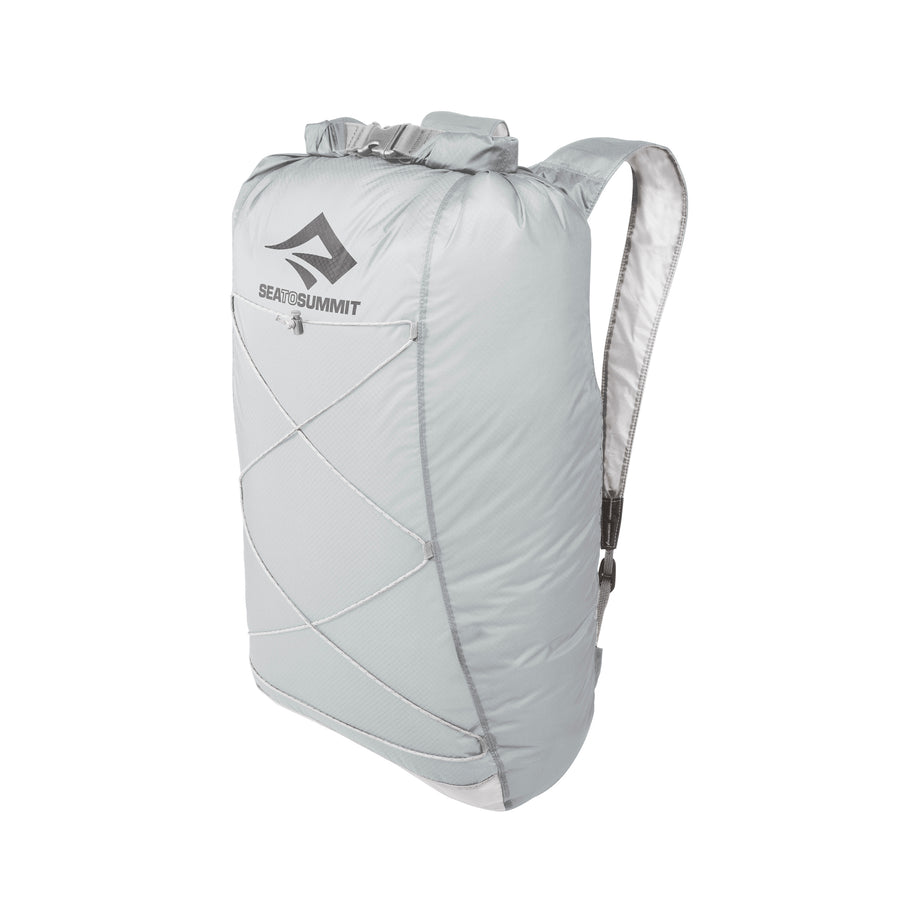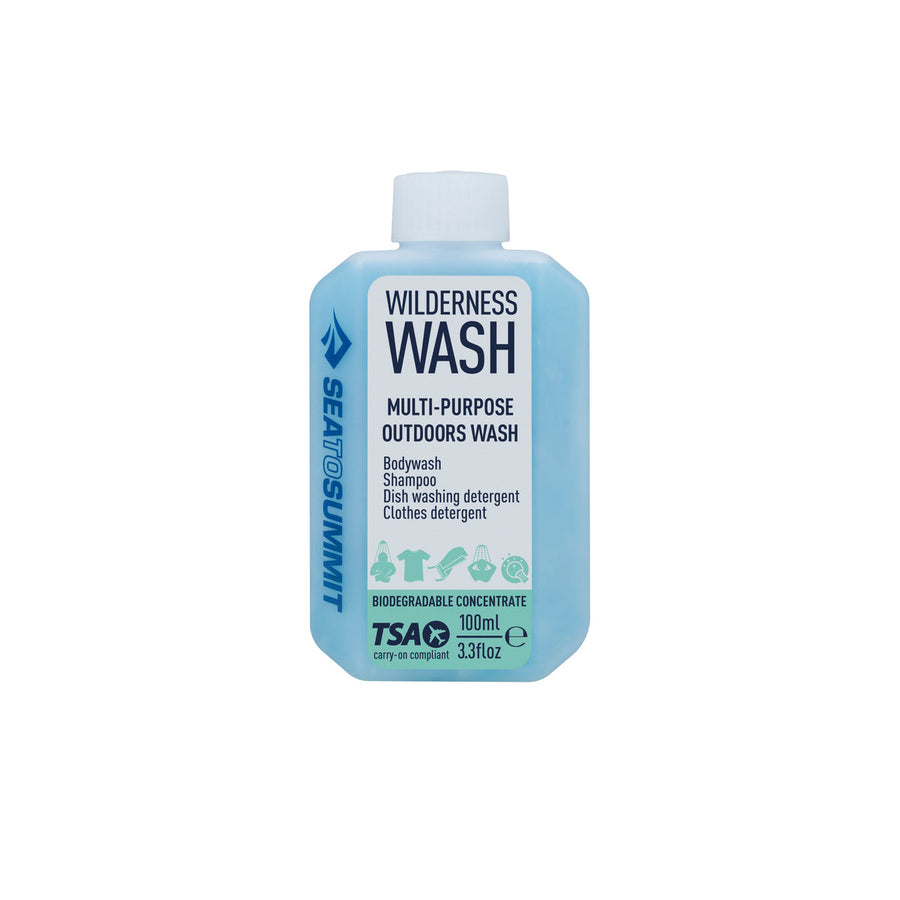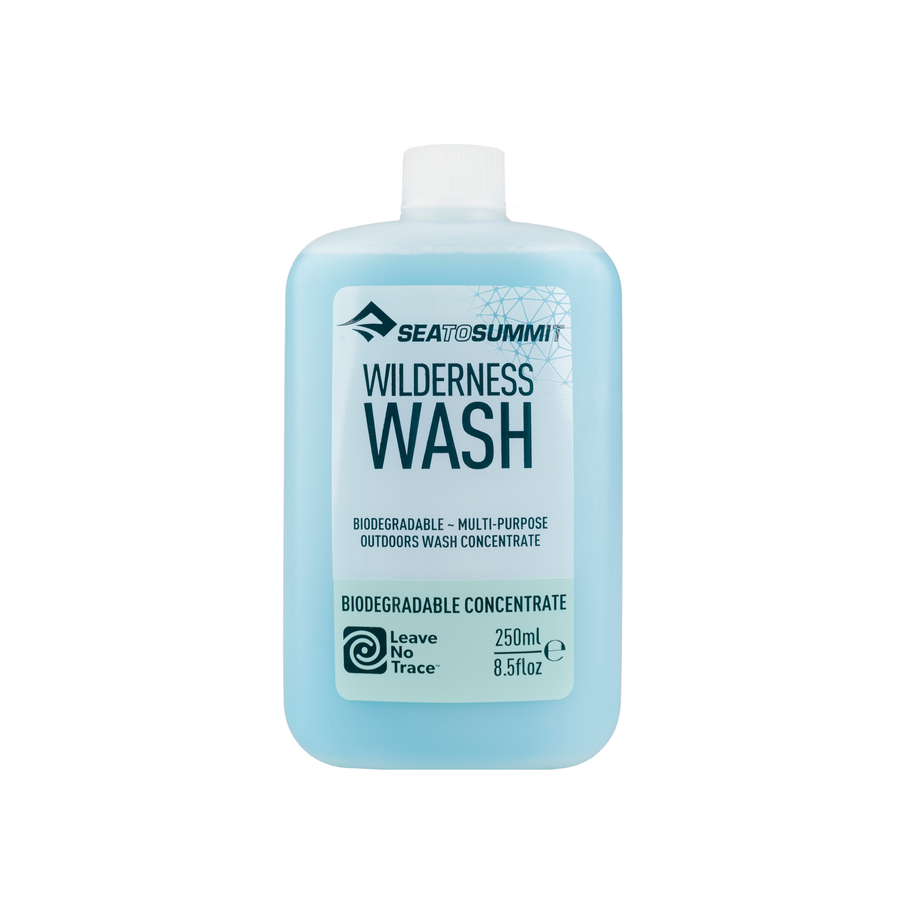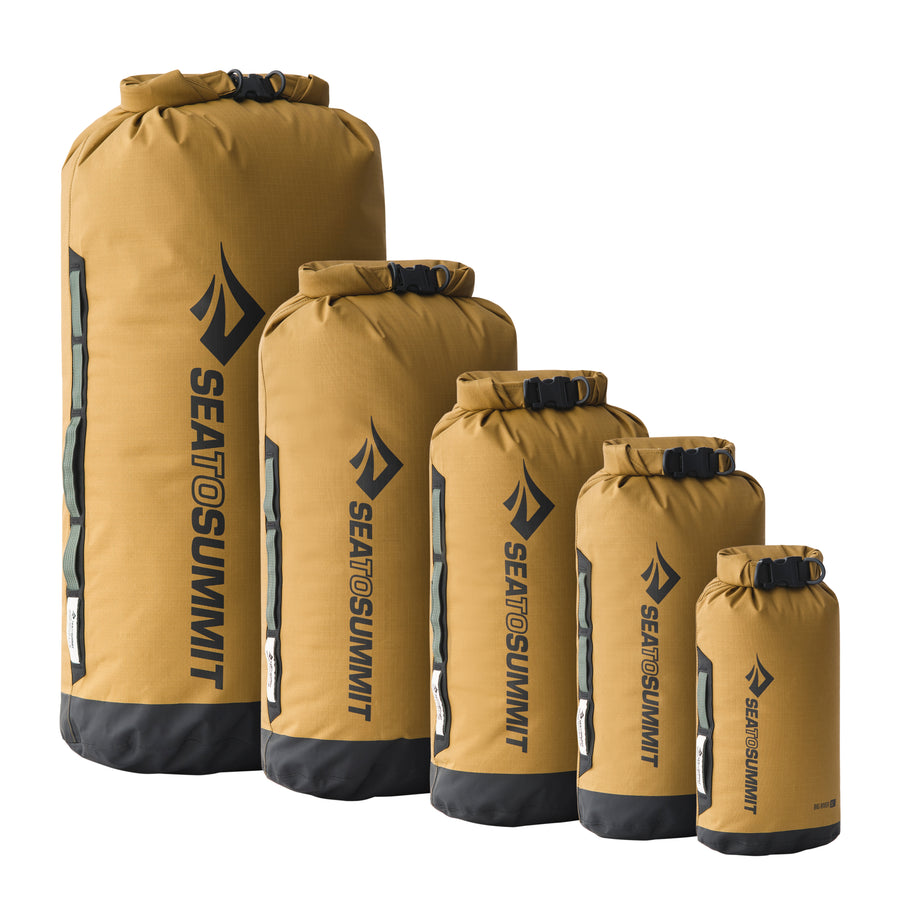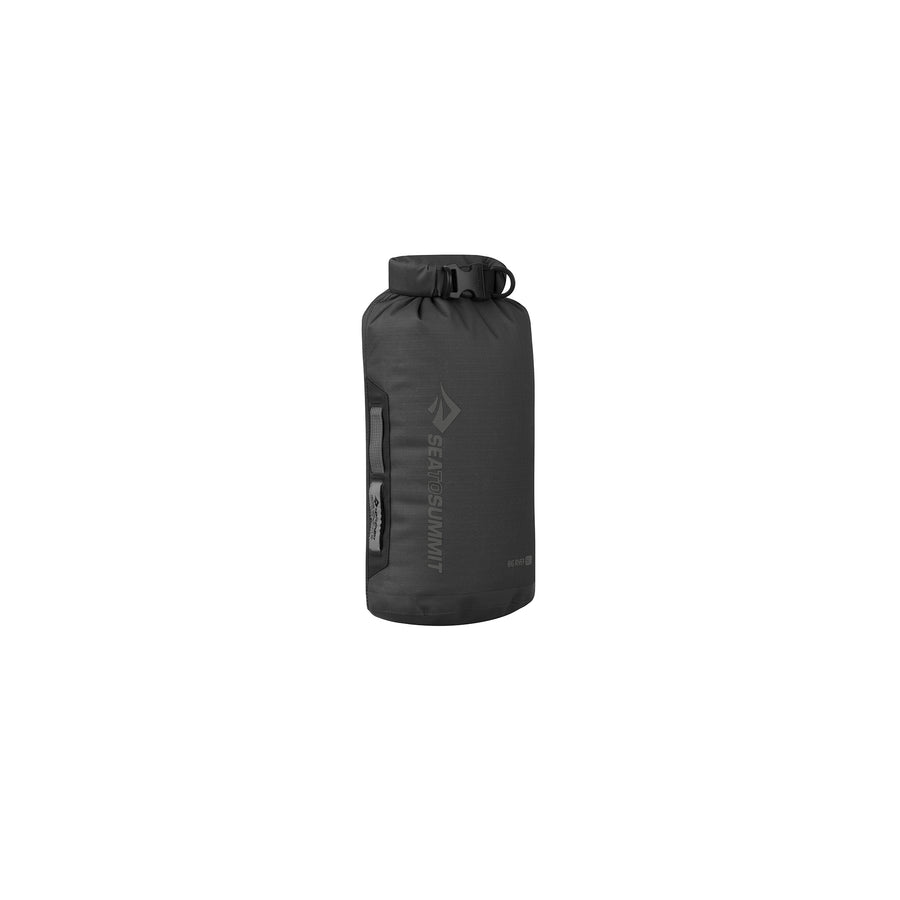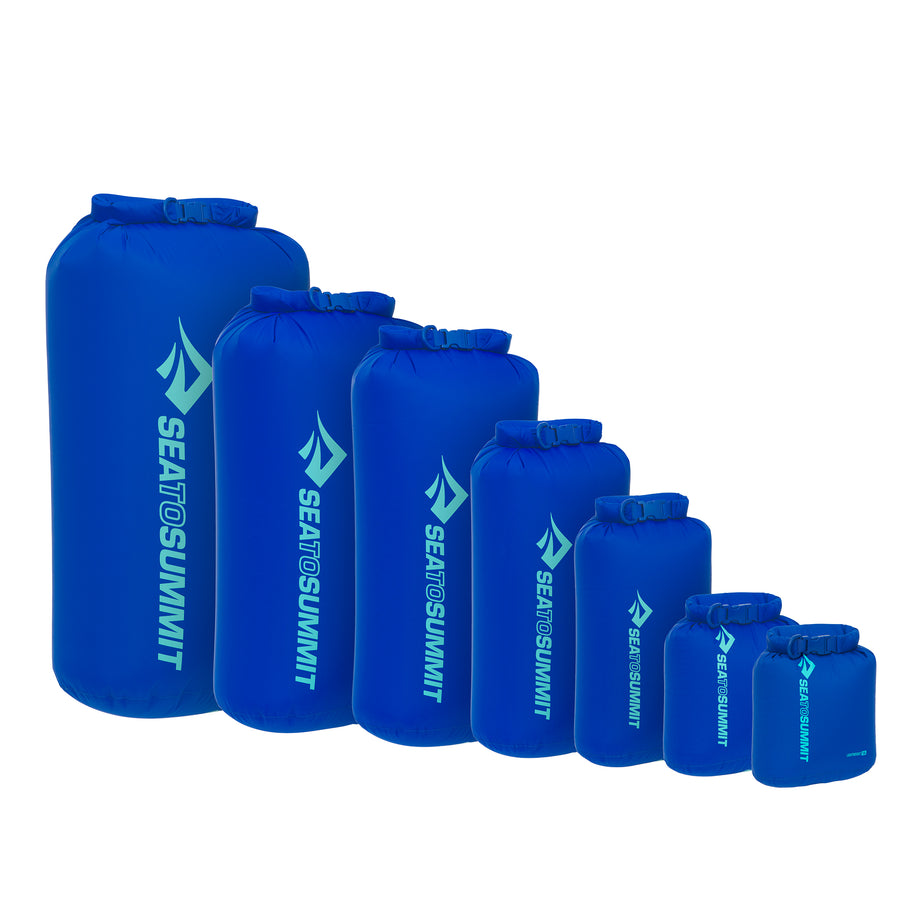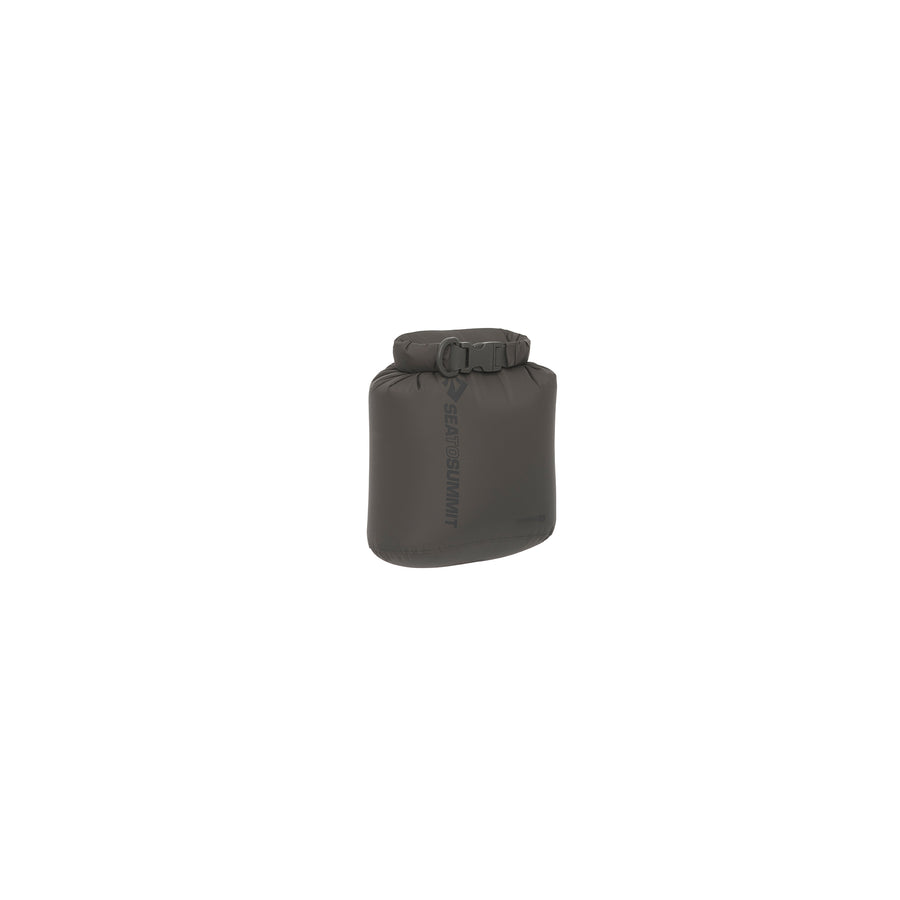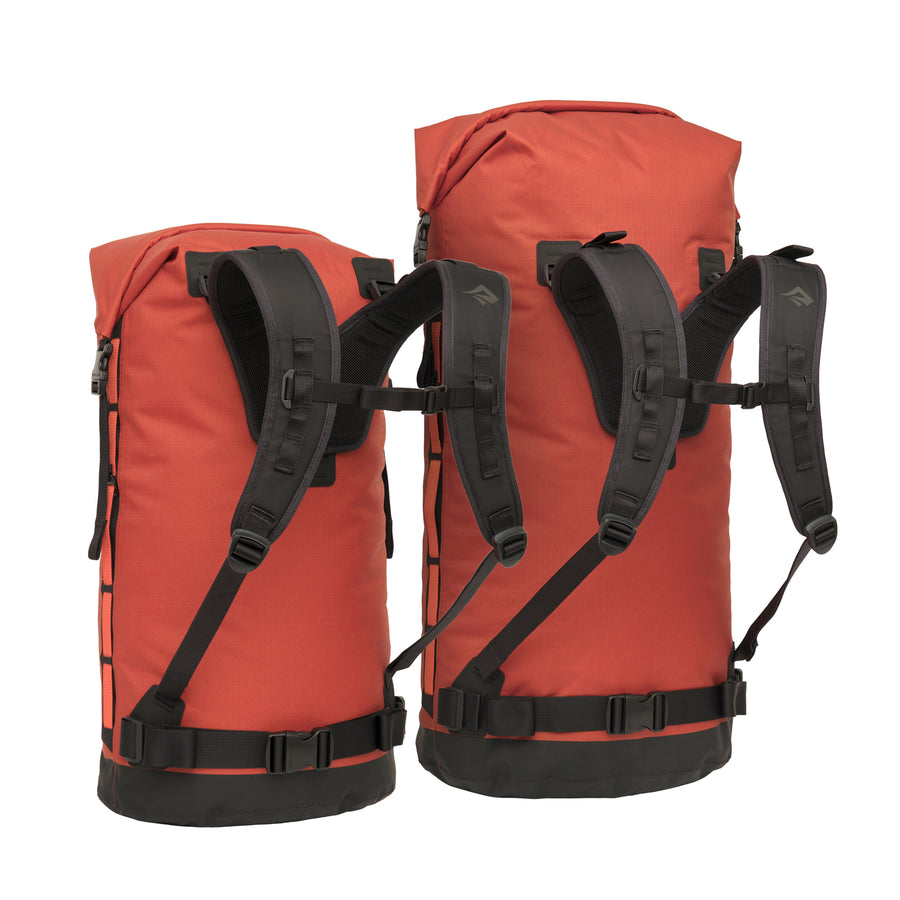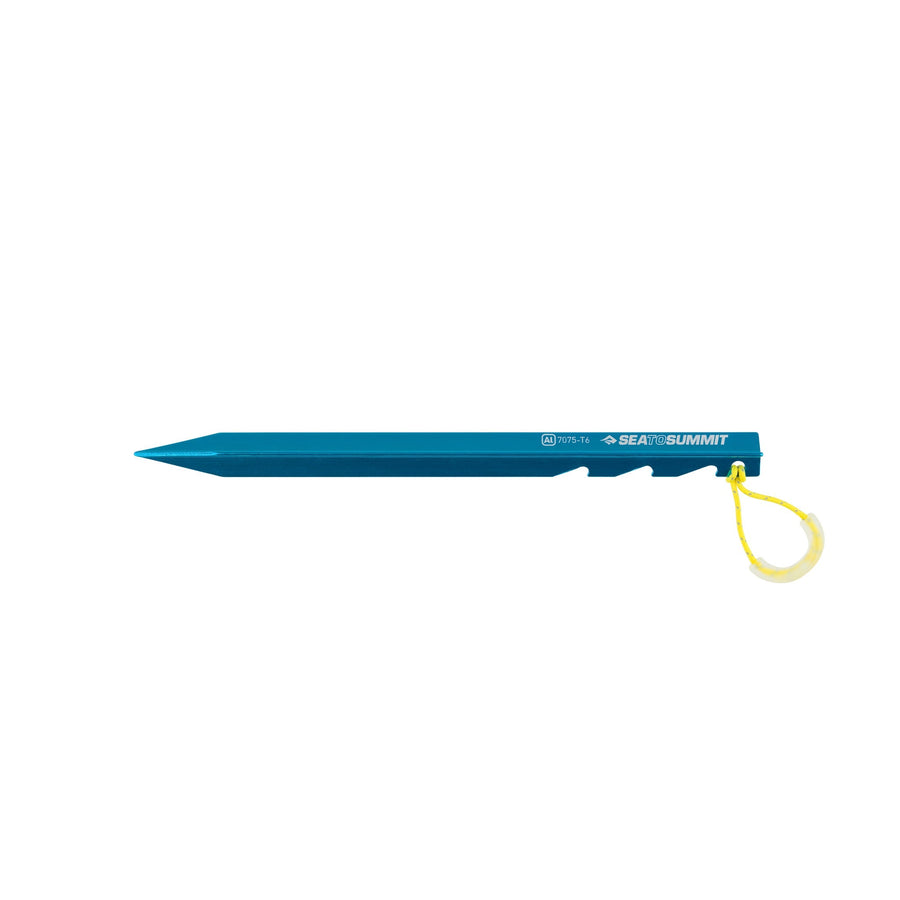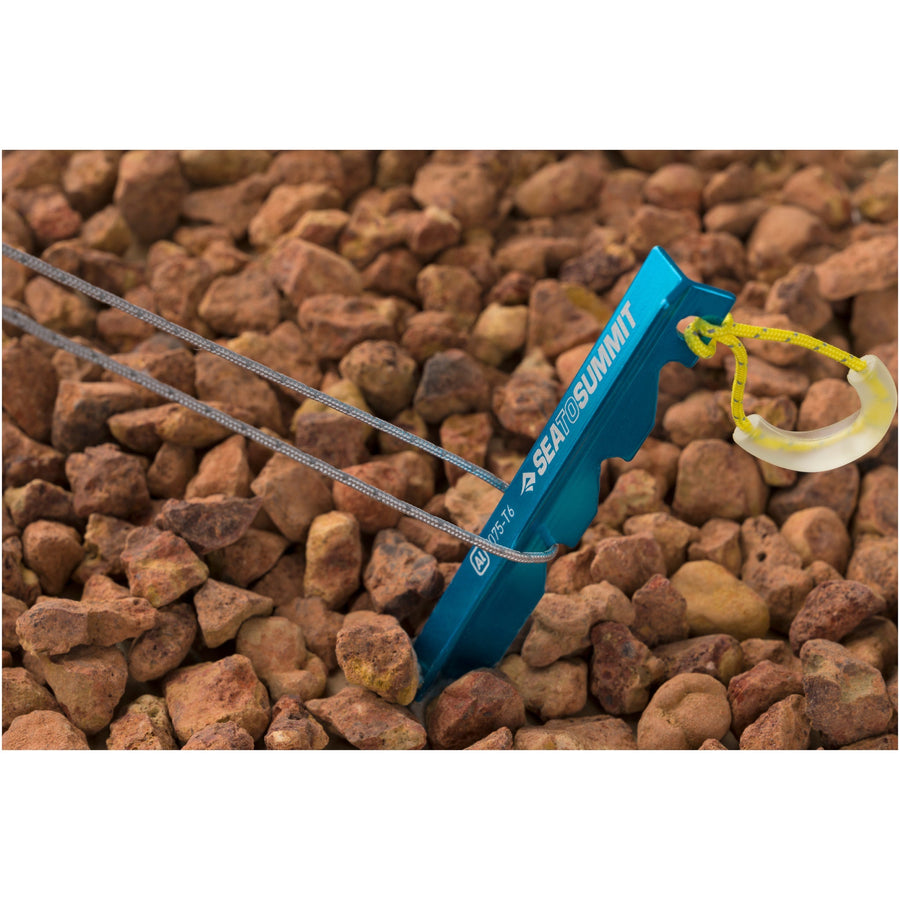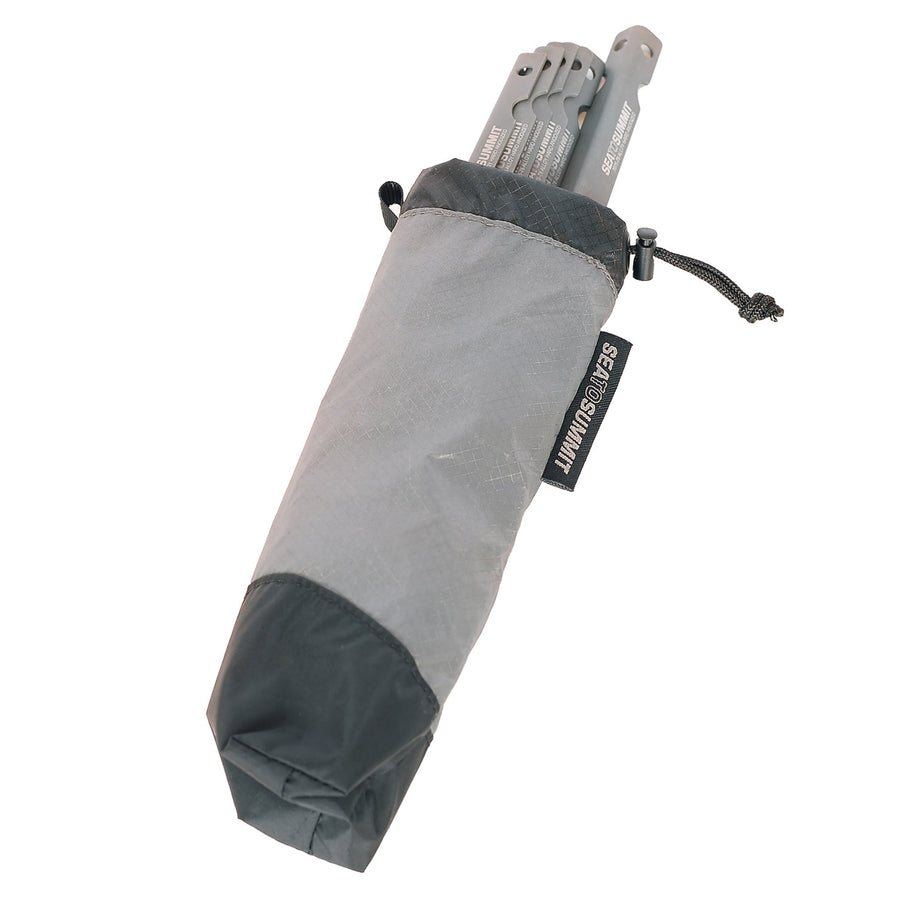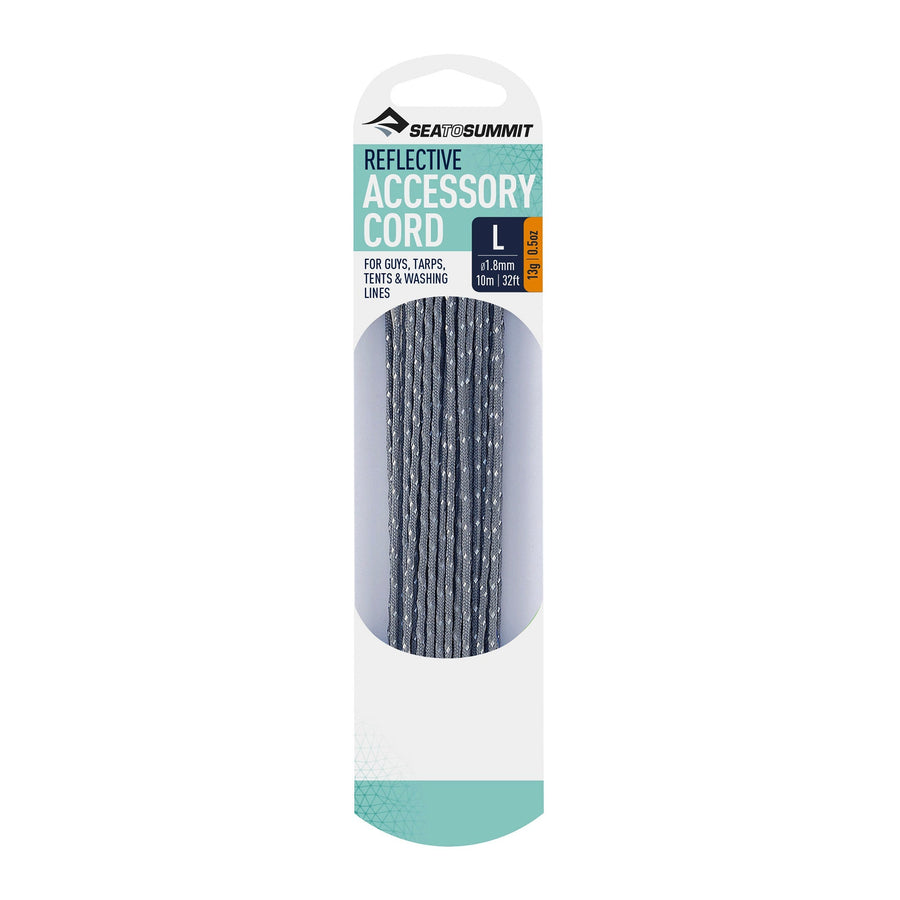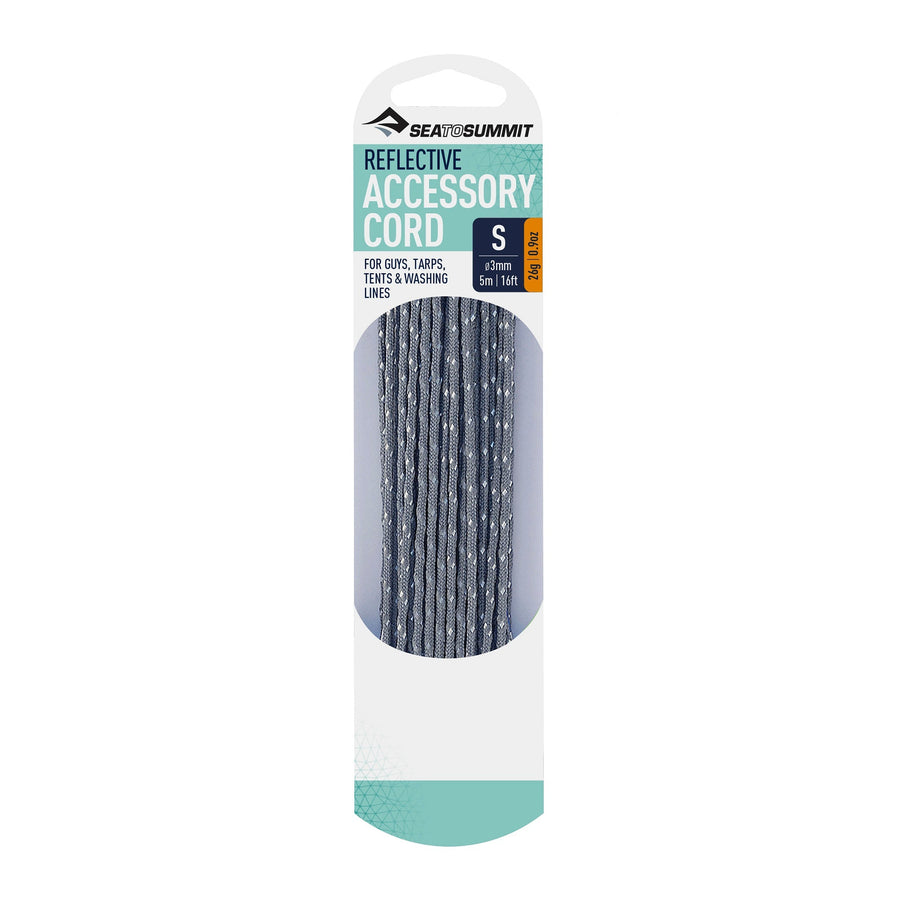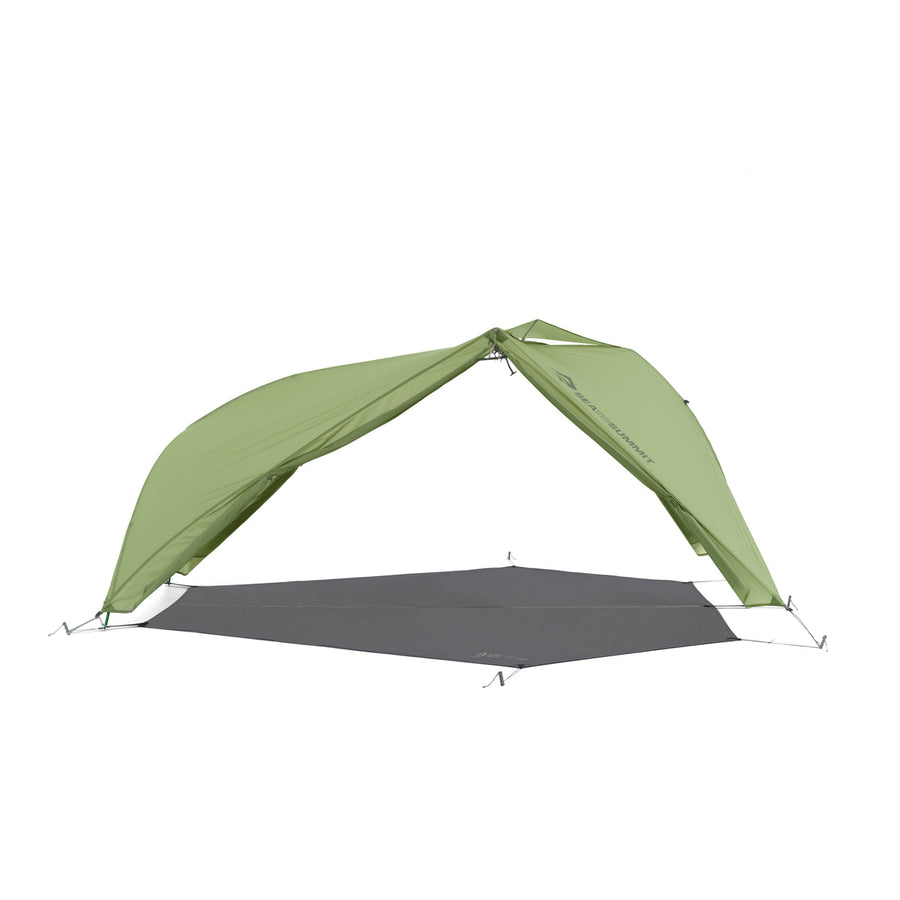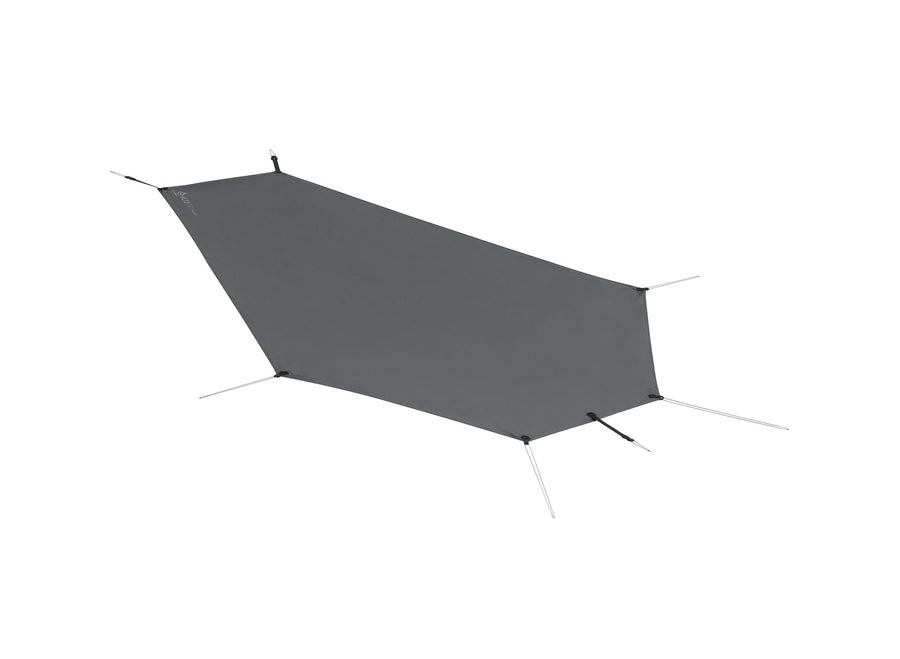Top 3 Tips for Choosing Ultralight Gear for a Thru-Hike

The Ask Baz team fields quite a few questions on ‘going ultralight’ – often from end-users contemplating their first longer ‘thru-hike’. We have an article about packing for an ultralight backpacking trip on the blog, What to Pack for an Ultra-Lightweight Backpacking Trip, and this would certainly be a good place to start when selecting gear.
A couple of years back, to give a little context to the recommendations contained in that blog post, we checked in with Aly Stone, who was then one of the floor managers at our local gear shop, Neptune Mountaineering in Boulder, CO. Aly completed a thru-hike of the Colorado Trail (CT) in 2019, and she shared her thoughts with the Ask Baz team:
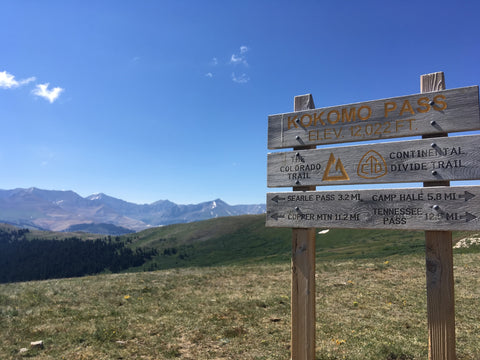
ASK BAZ TEAM: Aly – thanks for taking the time to speak with us. First question: what’s the most basic piece of advice you would give to a potential thru-hiker?
Aly: Make sure you have a comfortable backpack! The ultralight forums are full of recommendations for featherweight packs, and these certainly work for some people. But a slightly heavier pack may fit a lot better, and be a lot more comfortable when you have to carry it day in, day out.
ASK BAZ TEAM: Any thoughts on sleep systems?
Aly: There’s a few things that come to mind when I think about the sleeping gear I used on my (July) CT Thru-Hike. First, I ran out of time when getting my gear together so I ended up taking a 15°F bag, which was much warmer, bulkier and heavier than I needed. There are a couple of lighter bags from Western Mountaineering or Sea to Summit (particularly the new Flame Fm II) that I would have rather had with me.
Second, (and this is something we often hear in conversations with customers at the Neptune store), a sleeping mat with a higher R-Value usually means that you can use a lighter, less-warm bag than you might have used in the past. People who get cold in a sleeping bag often assume that they are losing warmth into the air, when in fact, they may be losing more warmth into the ground! The right sleeping pad makes all the difference – you should definitely choose a sleeping bag and a pad which work together in the conditions you anticipate.
ASK BAZ TEAM: Did you take a tent or a shelter? What would you recommend?
Aly: I took a single wall shelter, which pitches over trekking poles. It was very light, fast to set up and easy to pitch in a rain storm. Being a single wall shelter rather than a double-walled tent, you have to make sure you pitch it to get enough cross-flow ventilation to prevent condensation. On relatively cold nights I would have more condensation, that would accumulate towards the foot of the tent and sometimes drip down on to my sleeping bag. Bringing a micro fiber towel or wiping it with a T-shirt can help. Once or twice I did have to dry out my tent and bag later in the day. It wasn’t bad, just annoying at times. A tarp has better ventilation, but they can be trickier to pitch until you get the hang of it and you have to be ok with not being fully enclosed.

ASK BAZ TEAM: We receive a lot of questions about cooking gear and tableware from potential thru-hikers. What was your experience?
Aly: I met a number of thru-hikers who did without cooking gear altogether – they simply re-hydrated food in pouches, a technique called ‘cold soaking’. Granted, you can save some weight this way, but I think it’s important not to overlook the comfort that a hot meal at the end of a tough day or a cup of coffee in the morning can provide.
I took an MSR Pocket Rocket stove and the Sea to Summit X-Pot/Kettle. The Kettle worked really well for cooking meals, and I ate directly out of it as a bowl.
ASK BAZ TEAM: What kind of food did you take?
Aly: Primarily freeze-dried meals, but I supplemented them with as much fresh food as possible. My staples were zucchini and bell peppers (which will keep for three days in a pack), carrots (which keep indefinitely) and occasionally mushrooms and avocado.
ASK BAZ TEAM: Any thoughts on footwear?
Aly: Two things – one, get your feet sized properly at a specialty retail store before you buy a pair of shoes or boots. And two – buy shoes half a size, maybe even a full size larger than normal. Most of the stories I heard about blisters came from people who hadn’t done either of these things.
ASK BAZ TEAM: Was there any gear that you took which you didn’t need, or gear you wish you had had?
Aly: I really wish I had started the trail with a lightweight pair of sandals or camp shoes in my pack. At the end of a long day, it’s nice to be able to get out of your (possibly damp) trail hikers. I actually ended up buying a pair of sandals during one of my re-supply/down days. Other than that and with the exception of the sleeping bag I mentioned earlier - I was really happy with the gear I had with me.

ASK BAZ TEAM: Which brings us to our final question – what are your top three tips for people planning a thru-hike?
Aly:
